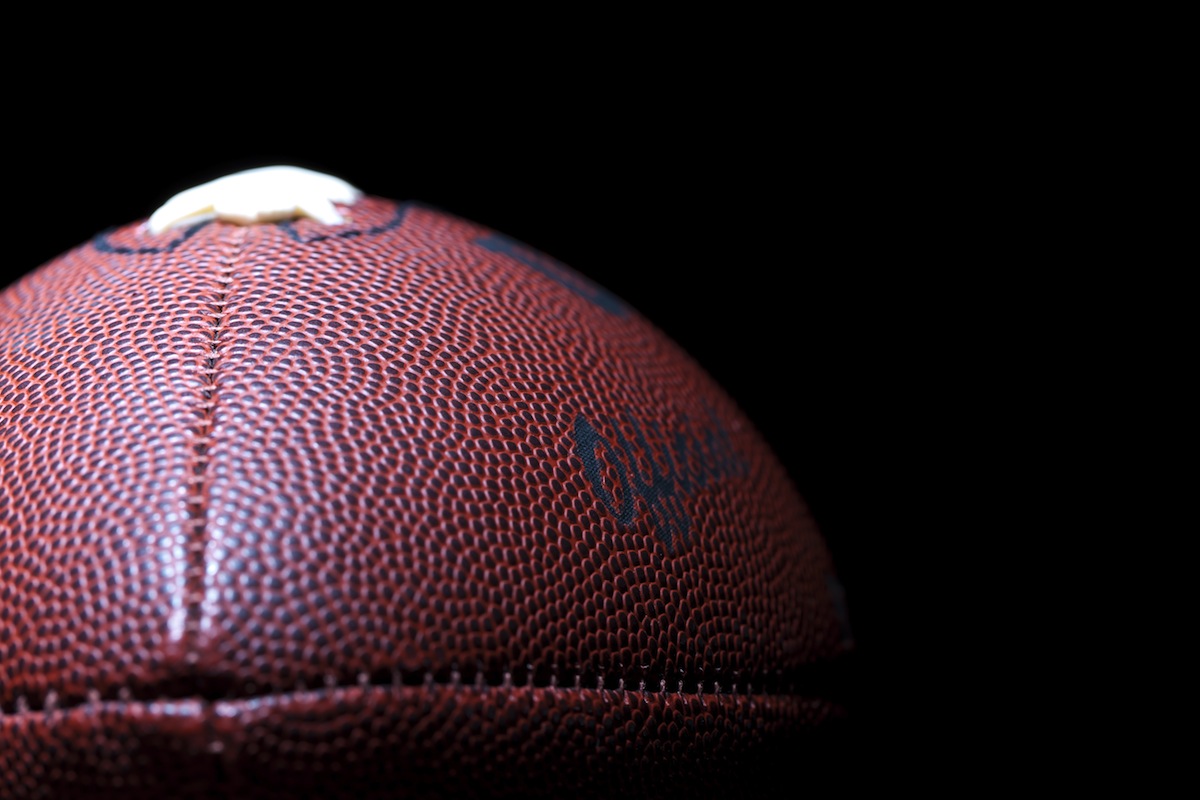The Local newsletter is your free, daily guide to life in Colorado. For locals, by locals.
For Dave Studdard, life as a retired professional football player included the typical aches and pains he expected following 10 seasons with the Denver Broncos. Balky knees, creaky ankles, and stiff fingers became a way of life. But as he got older, there were signs that something else was wrong. This time, it was his mind.
“Things keep just getting different,” Studdard, a 56-year-old former offensive lineman who played from 1979 to 1988, told me this week. He estimates that he might have suffered up to 40 what he calls “dings” to the head during his career. “Ten times today, I lost stuff that was five feet in front of me. I went, ‘Oh my God.’ If I’m not concentrating, it might take me three hours to get out of the house when it should take me five minutes.”

Last week, the former Bronco joined a growing list of former players who have filed lawsuits against the National Football League and alleged that the league should have let its players know the long-term—and sometimes debilitating—effects of multiple brain injuries.
In his filing in the United States District Court for the District of Colorado, the NFL veteran says the league should compensate him “for injuries sustained…as the direct and proximate result of [the league’s] carelessness, negligence, intentional misconduct, and concealment of information directly related to [Studdard’s] injuries.” A judge in Philadelphia who is acting as a clearinghouse for the more than 2,000 NFL-related lawsuits—which include nearly 20 former Broncos—will determine if the case can move forward. If the case is accepted, it will move back to Colorado where Studdard’s attorney says it could take up to three years before the case is resolved.
“These guys had a warrior mentality; they thought they were indestructible,” Studdard’s attorney, Seth A. Katz, says. “The league preyed on that. Dave must have had at least 30 physicals during his career. They poked and prodded every part of his body—except for his brain.”
Studdard says life in the NFL was always manic—a virtual paycheck-to-paycheck existence for young, replaceable players. Even as he gained more seniority as the member of a team that went to two Super Bowls during his career, he says he “was always looking over my shoulder; there was always someone there trying to take my job. You wanted to try to get a good career in. You did everything in your power to stay on the field.” After a devastating hit would send him to the sidelines, Studdard says he would try to get back into the game as quickly as possible. “As soon as I had my vision, clarity, and I could hear out of both ears, I was ready to go,” he says.
And now? “If I’d have known the second year in the league that what I was doing could cause me to lose 20 years of my life, I would have said, ‘See you later, alligator.'” Doubly frightening for Studdard is that his son, Kasey, a former Colorado prep player, has been in the NFL since 2007. “He got knocked out his first year,” Dave Studdard says. “He was hit by a linebacker and he had to be hauled off the field. But there’s not much I can do about it. He’s 28 years old now. It does scare you, though.”
Studdard lives in Parker, where he fixes and flips houses with a friend. “He makes me work three days a week, and that’s all,” Studdard says of the job. “It’s not bad—if I can remember how to get there.”
(To learn more about issues that face former NFL players who suffered traumatic brain injuries, read Robert Sanchez’s profile of former University of Colorado—and New England Patriots—linebacker Ted Johnson.)
—Image courtesy of Shutterstock.








